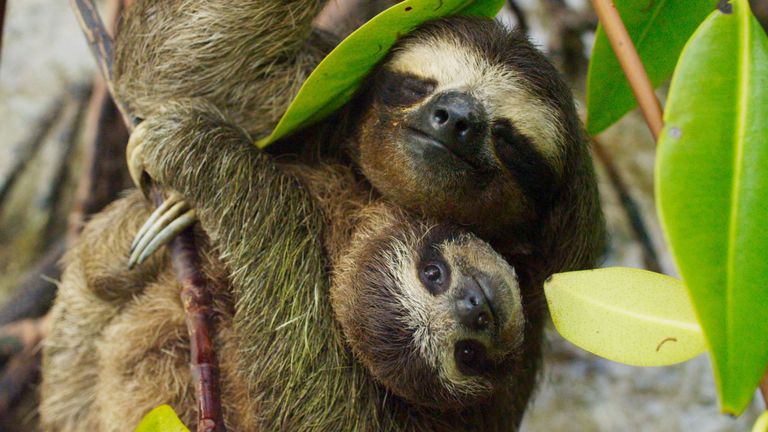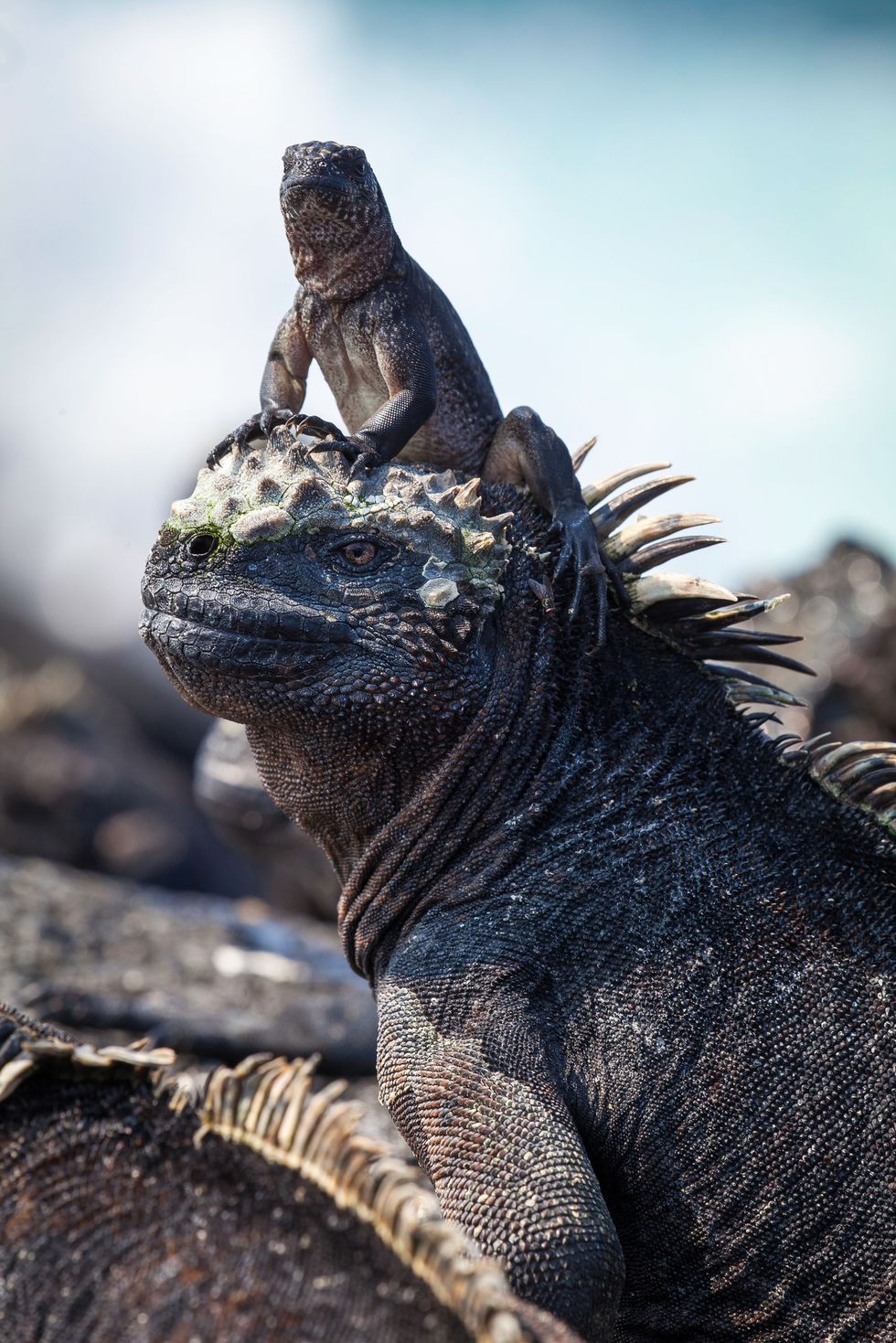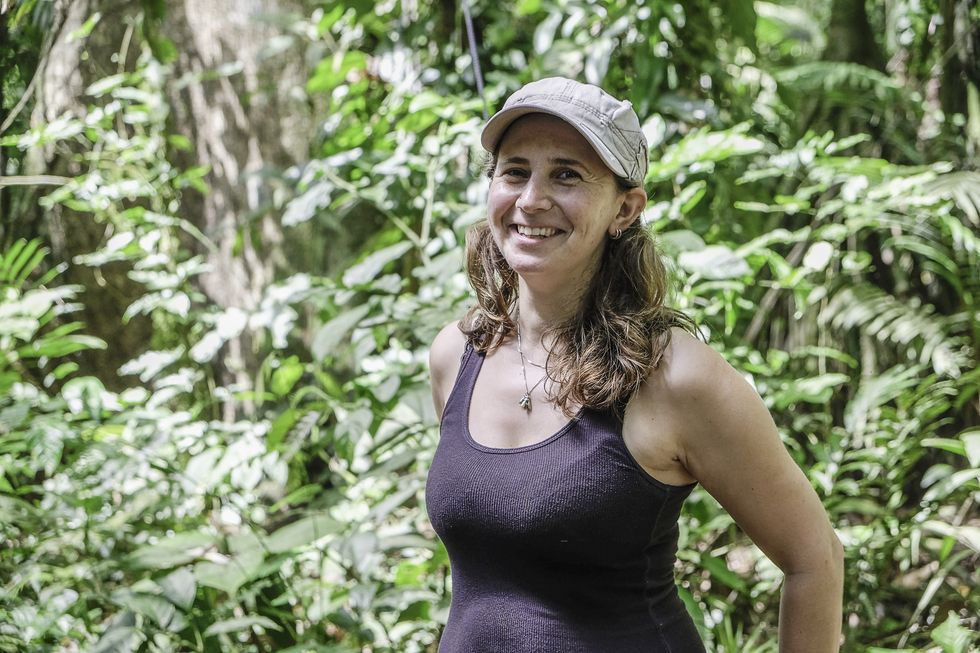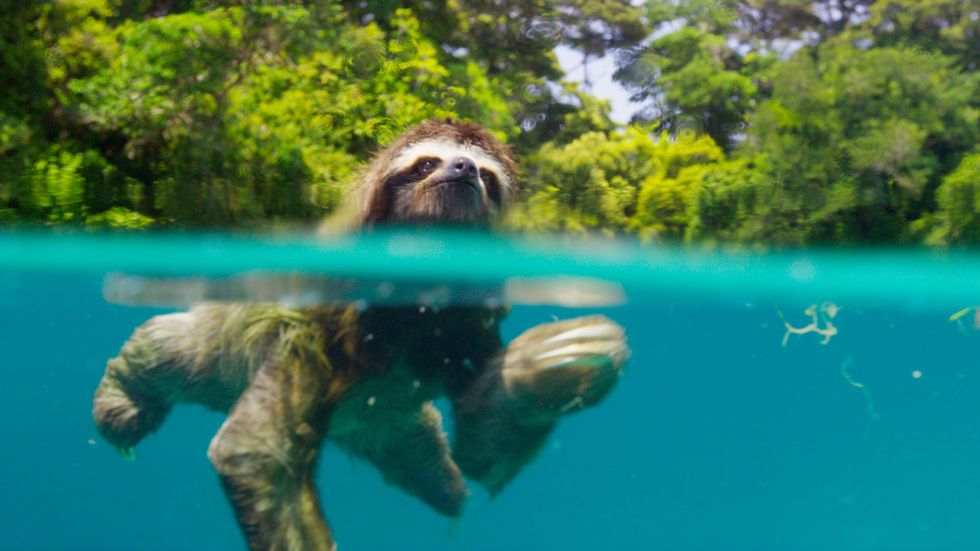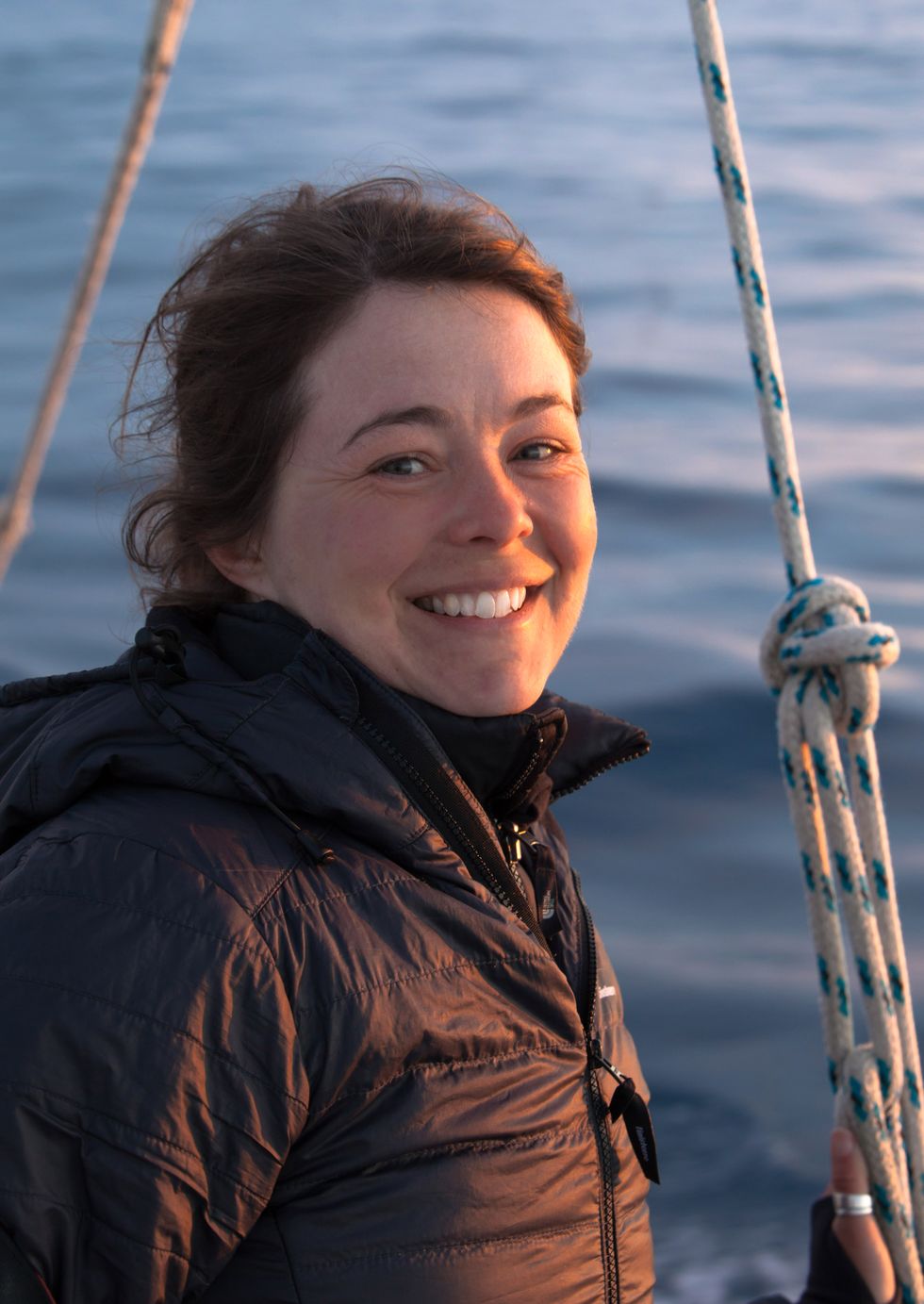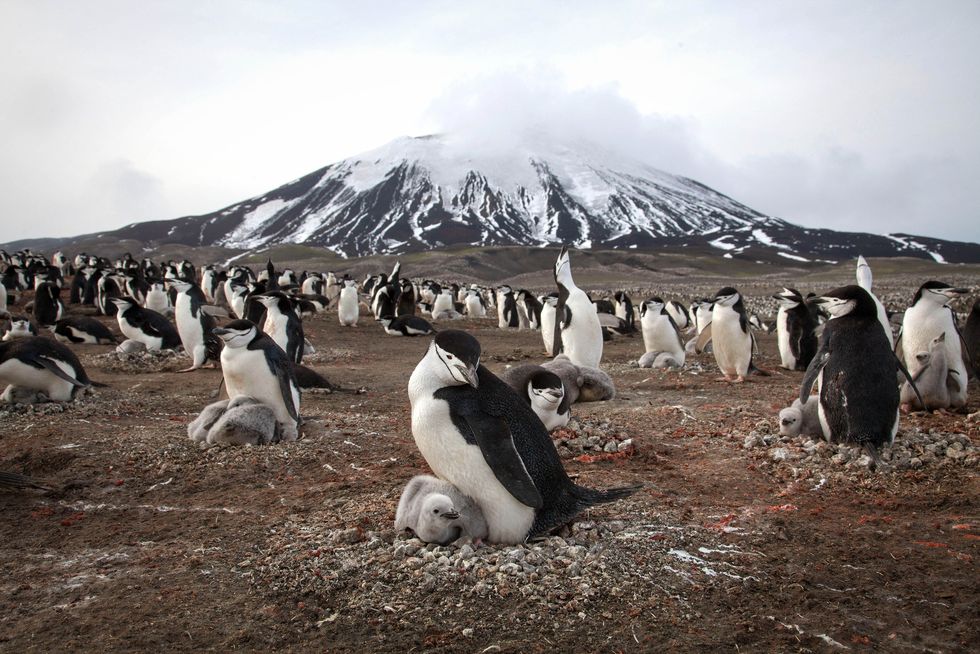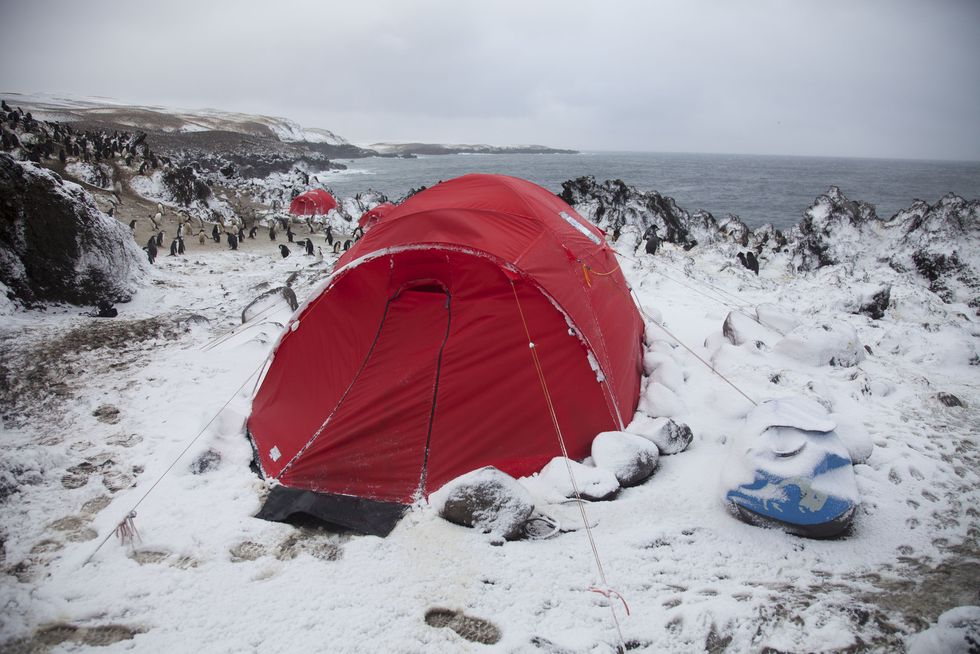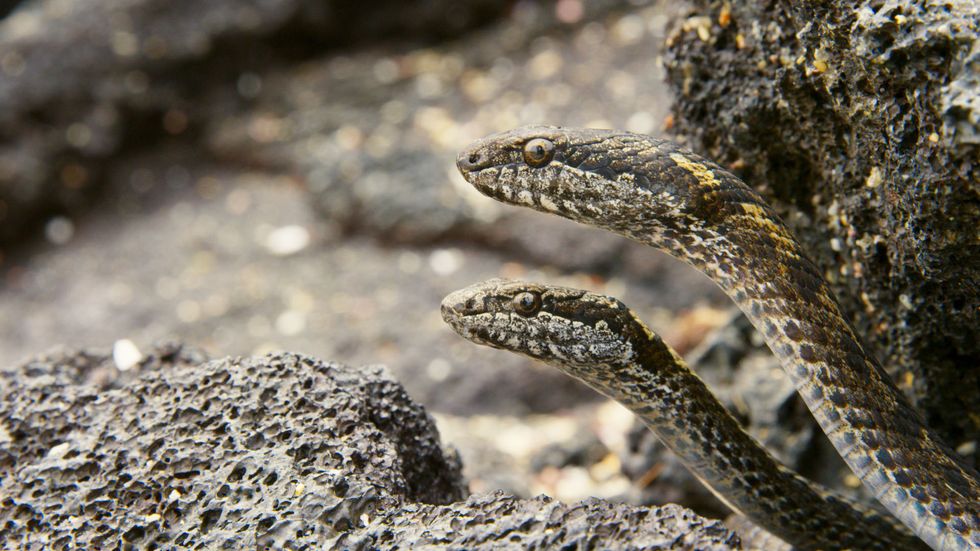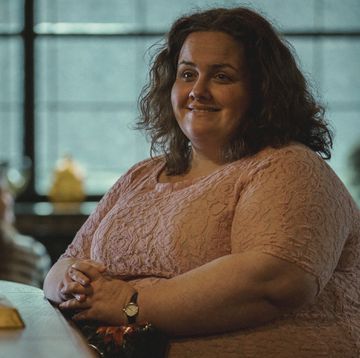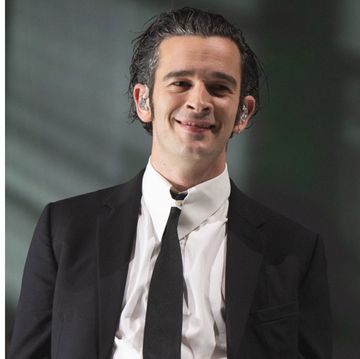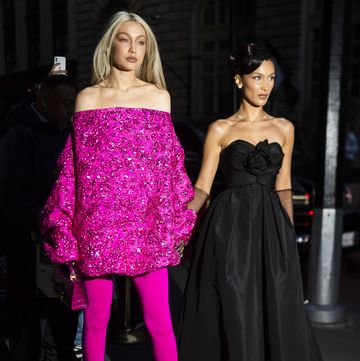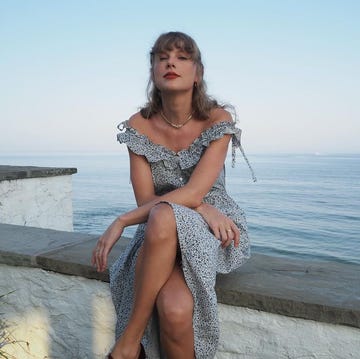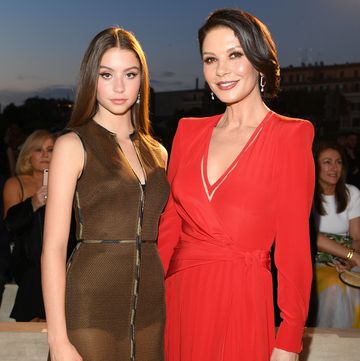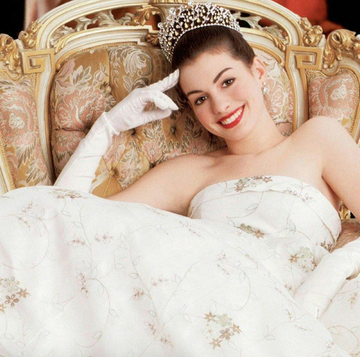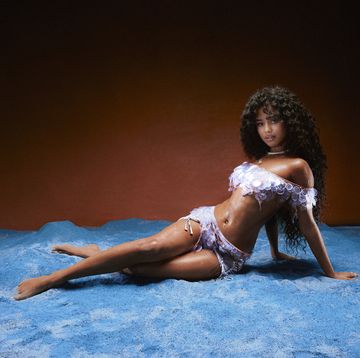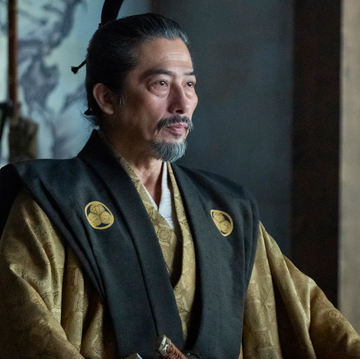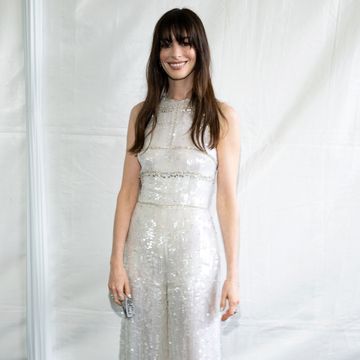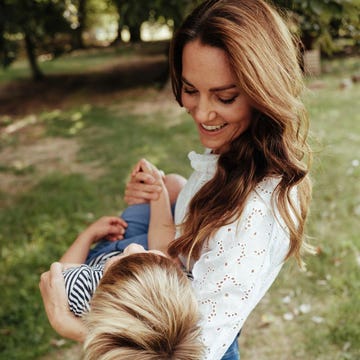It's not often you find yourself sitting in your pyjamas on a Sunday night, screaming at a hatchling marine iguana to run for it's life as it's about to get caught by a giant racer snake.
But this is how I, and more than 12.26 million viewers, found themselves earlier this month while watching Planet Earth II's nail-biting episode 'Islands'.
As the best-performing first episode of a natural history programme in 15 years, it's safe to say the brutality of nature is a pretty gripping phenomenon to watch.
Narrated by naturalist extraordinaire Sir David Attenborough, the extraordinary series delves into the untouched stories of animals in the most iconic habitats on earth. According to the BBC, the first three episodes of Planet Earth II attracted more millennial viewers (aged 16 to 34) than The X Factor on ITV. And you can see why.
Planet Earth II is a show that grips you from the first aerial shot, has you fearing for the life of animals you didn't even realise existed and has you mulling over how feasible it will be to quit your job, become a biologist and nab a position on one of the world's most-loved television programmes.
Two women who have done just that are Planet Earth II's episode producers Dr Elizabeth White and Dr Emma Napper.
A former research biologist, Dr White has worked for the BBC Natural History Unit for 13 years, on series such as Frozen Planet and The Great British Year. Similarly, biologist Dr Napper has worked at the BBC Natural History Unit for over 10 years, working on a number of Attenborough series such as Life Story and Wild Madagascar.
Between them, the women have camped amongst two million penguins in the Southern Ocean, watched hatchling marine iguanas being hunted by racer snakes on the island of Fernandina, Galapagos, followed jaguars in Brazil and searched the jungle at night for glowing mushrooms.
And you thought your day was challenging.
We caught up with Elizabeth and Emma to talk all things wildlife, packing, filming and their most treasured luxury item on location:
Right, the big question we all want answered: how long does it take to make the show?
Emma: We work on the programme for about four years. For the first bit of that time, you're mostly in the office talking to experts and looking for new stories to film. Then, once we've decided what we want to do, we spend about two-and-a-half years filming in the field. Once that's successful, we come back and go through the edit. It's quite a long process and the majority of it is out in the wild with the animals.
How involved is Sir David Attenborough?
Elizabeth: In terms of the decision-making and stories that go into the programme, that's the work of the producers and researchers who find the best news and story angles. But Sir David Attenborough is involved.
We check in and let him know what we've got and it's really exciting to hear when he gets excited about it. He's travelled all over the world, so there's lots of places we're going to and he'll suddenly go 'Oh yes, I was in Madagascar in such-and-such a year' and shares his own stories.
Obviously, he's 90 years-old now so he's not spending so much time in the field, but he's very involved in the script. He polishes the script to ensure it's the way he wants to say it.
With the snakes chasing the iguana sequence in the 'Island' episode, it was totally surprising for him so when you find something that shocks him, you know you've nailed it.
How did both you get your jobs on the programme?
Elizabeth: I think most of us on the team were biologists beforehand. That's the usual route if you want to get into the editorial side. It really helps to understand biology and to get out into the field. We do need somebody who's interested in being out in nature otherwise the job would be terrible!
I was a biologist before and I'd been working a little bit with the BBC. Like most of us I had a two-week job as a researcher and I never left!
Emma: I was a research biologist, I used to study ants and butterflies that live in England. I studied the relationship where the butterfly needs the ant to look after it and then the BBC wanted to film the work I was doing for a show and I sort of asked them, 'Can I please, please work there for a couple of weeks?' Now, it's ten years later and they still haven't got rid of me.
If you could choose to be any animal from the series, which would you choose to be?
Elizabeth: A pygmy three-toed sloth. They live on this beautiful paradise island and they're total beach bums.
Emma: Oh, that's a tricky one. The baby spider monkeys looked like they were having quite a good time. They spend most of the time playing with each other. Although, I am a bit scared of heights.
What would you both say is the worst and the best thing about filming on location?
Emma: To spend a few weeks with one group of animals and really get to know them is a privilege. When we were filming the lemurs, it was amazing to spend time with the family of animals and gain their trust – it's a really incredible experience. You never quite know what you're going to get in the jungle which is lovely.
The worst thing, especially with the 'Jungle' episode (which has been watched by over 11.6 million people to date) is staying in fairly basic conditions. We're all pretty happy with that but it does get to the point after two weeks where you wish there were less rats and spiders in the room and perhaps some hot water to wash with. It's all fun, but it definitely gets to the point where you think, 'I wouldn't mind a shower and some food or a bed that's not full of bugs.'
Elizabeth: Often, it's not the things you actually go to film that are the ones that stick in your memory. It'll be waking up and having an amazing sunrise. Or, when we were filming the penguins, I got up in the middle of the night because it was really noisy outside and I wondered, 'Is the volcano going off?' But, actually, it was the only night where there weren't any clouds and the whole island was covered in stars. The penguins were going crazy and having a little party. Little things like that are the things that stick with me.
The people we work with are people who are really passionate about being out in nature and it's so good to have these shared experiences. I think the worst thing is when you're absolutely exhausted, packing up after filming for 10-12 hours and you've got to carry all this camera kit back. You're hot and sweaty – it can be really hard on occasions. The times when you don't really get to sleep are the hardest.
What's the most challenging shoot you've done?
Elizabeth: The hardest trip was to Zavodovski, southeast of the South Georgia Island, in terms of planning and preparation. We were sailing across the ocean which was potentially dangerous. When we got to the island, it was incredibly rocky so we had to get on to the island by climbing up a rock face.
As the person who does the organising as a producer, you're responsible for setting up all the travelling which, for me, was the most worrying thing. You want to make sure everything's safe and there are so many things you can't control, like the weather and sea.
It can feel quite lonely when you're in the process of planning. And then when everyone's around you, it's brilliant fun!
You've mentioned accommodation. Where do you stay when you're filming a colony of penguins or family of lemurs?
Elizabeth: I'd love to say it was all lovely boutique hotels but it's usually research huts or tents. A lot of the time, I actually seem to end up staying on small boats because you can't actually camp on a lot of the islands. We'll sometimes be tucked up in a cabin on a boat, which I quite enjoy.
Emma: Most of the places we were staying in were huts built in the jungle. You have a room that you're sharing with the rest of the crew and some sort of cover. I think we had a couple of toilets that flushed but most of them were long drops and some even have frogs in them.
You end up eating a lot of rice and beans. It's fairly basic, but that's fine – it's part of the job, the experience and the adventure.
Elizabeth: It's probably fair to say that nobody has ever bothered packing hair straighteners and mascara. Everyone's pretty easy-going – I think you have to be. You do end up sharing accommodation with guys and people you don't know so you just have to get on with it.
What are your luxury items when you go out on location?
Emma: I never ever go on location without chocolate. I have absolutely no idea how people can complete shoots without chocolate. And Haribo. Having little treats on location can make a really big difference between people being happy and stressed, especially if you've been having quite basic food for a long time.
How many bags can you take with you?
Emma: You can take one personal bag. We take lots of camera kit so on a normal shoot, you might have 30 or 40 cases of heavy kit which means you can't take a lot of your own personal stuff.
Elizabeth: You need to make sure you pack the minimum amount of things you need but make sure you've got enough, depending on what you're doing.
What do you miss when you've been on location for a long time, away from family and friends?
Elizabeth: You have to be careful because friendships tend to drift when you're away because you're not always there. When I come back from a trip, I actually love just going off and doing something by myself for a while. Being at home on my own for a few hours is lovely because when you're away it's often very intense when you're with your team. You don't have much personal space.
It's wonderful spending time with your team but it's sometimes quite nice when you can come home, shut the door and be by yourself. It's nice having those private moments.
Emma: You end up missing birthdays, which is definitely a downside of the job. You rely on some very good friends to stick by you.
We have to talk about the famous 'Islands' episode from this season, Elizabeth. How did the scene with the iguana and snake chase come about because it was so gripping?
Elizabeth: I really wanted to do a story about the iguanas but they've been filmed a lot before, so I was trying to find a new angle on them. I was chatting to a cameraman in the Galapagos who films a lot out there and we came up with this idea of concentrating on all the animals that can survive because of the iguanas' success. Iguanas are little pioneers and all these other animals benefit from that.
The cameraman mentioned he'd filmed single snakes and hawks catching iguanas and that sounded interesting, so that's what we went out to film.
But, it just so happened that on that patch of beach where we were shooting we saw an iguana come out of the sand and land on a rock face where this huge number of snakes tried to grab it. So, we focused on that rock wall area and realised there were about 30 snakes hiding in that patch that knew the iguanas had to pass that end of the beach to get to the colony.
The snakes were waiting because they knew there was a good chance of them getting caught so we then spent the whole trip just focusing on that area of the beach, because that's where we needed to be to capture this great piece of material. It was a big surprise to see that number of snakes pouring out of the rocks.
I must admit, I was sitting on the edge of my sofa screaming at the iguana to run.
Elizabeth: That was like me on the beach! It was a big adrenaline rush filming that, because you spend a lot of time waiting for the hatchlings to emerge from the sand, and when they do, everything can happen quickly.
Within a few minutes they've got to either run to safety or be caught, so you never know what's going to happen. But, in defence of the snakes, they're really nice little things. This is their best feeding opportunity all year because there's so little to eat there and we had no problems with them. Apart from the fact that they kept trying to hide in our camera kit. You'd come back and you'd find a little tail poking out from underneath the bags.
How do you pass the time when you're going a bit stir-crazy waiting for say, a lizard to appear?
Elizabeth: A lot of people who work with wildlife will agree that you have to have a good sense of humour. That's what kept us going.
Perhaps the most stir-crazy shoot for us was filming the penguins. We were on the island for just over two weeks but we could only really film on six days because the weather was so temperamental. We spent a lot of time sitting in our cooking corner eating boil-in-the-bag food and drinking tea and waiting for the weather to clear. Fortunately, everybody had such a fun sense of humour so you'd start making jokes or somebody would start talking about something quite random.
How many people are usually on each team? Is it quite male-dominated?
Emma: There's only about four people and for the majority of the time I was filming, I was the only girl on the team. However, all the directors – bar one – on the 'Jungle' episode were all women, so within the jungle teams it's very much female led.
Elizabeth: I think that's true across the whole series. There's actually more women on the team than men, so we're really lucky.
A third of our producers and more than half of the researchers are female. When I'm on location I'm often the only girl. On some of the boat trips we had eight or nine crew members, and it would just be me and the rest of the team would be men. It's interesting in terms of the decision making and the editorial side because it's a very female-led team on this particular project.
Finally, why do you think the show has garnered so much popularity over the years?
Elizabeth: I guess because of the legacy and Sir David Attenborough. The first Planet Earth was watched by half a billion people around the world. It grabbed people 10 years ago and I think the new version has many of the same ingredients as the first series.
People are naturally fascinated about nature and the planet. With this series, we really tried to capture things through storytelling so people would be able to empathise with the animals and feel like they've experience their world, even though they don't speak the same language. We tried so hard to portray the animals' behaviours and show details so people can really get into that animal's world.
Emma: 10 years on, we've got scientists discovering new things, new stories and our technologies have changed so we're now able to get so much closer to the animals than ever before. We can travel through jungles and grasslands in a way that wasn't possible a decade ago. It seemed like the right time to make a new series and capture a new way of filming.
Planet Earth II is on BBC One on Sunday at 8pm until 11th December. Catch up on previous episodes on iPlayer.

Katie O'Malley is the Site Director on ELLE UK. On a daily basis you’ll find Katie managing all digital workflow, editing site, video and newsletter content, liaising with commercial and sales teams on new partnerships and deals (eg Nike, Tiffany & Co., Cartier etc), implementing new digital strategies and compiling in-depth data traffic, SEO and ecomm reports. In addition to appearing on the radio and on TV, as well as interviewing everyone from Oprah Winfrey to Rishi Sunak PM, Katie enjoys writing about lifestyle, culture, wellness, fitness, fashion, and more.
